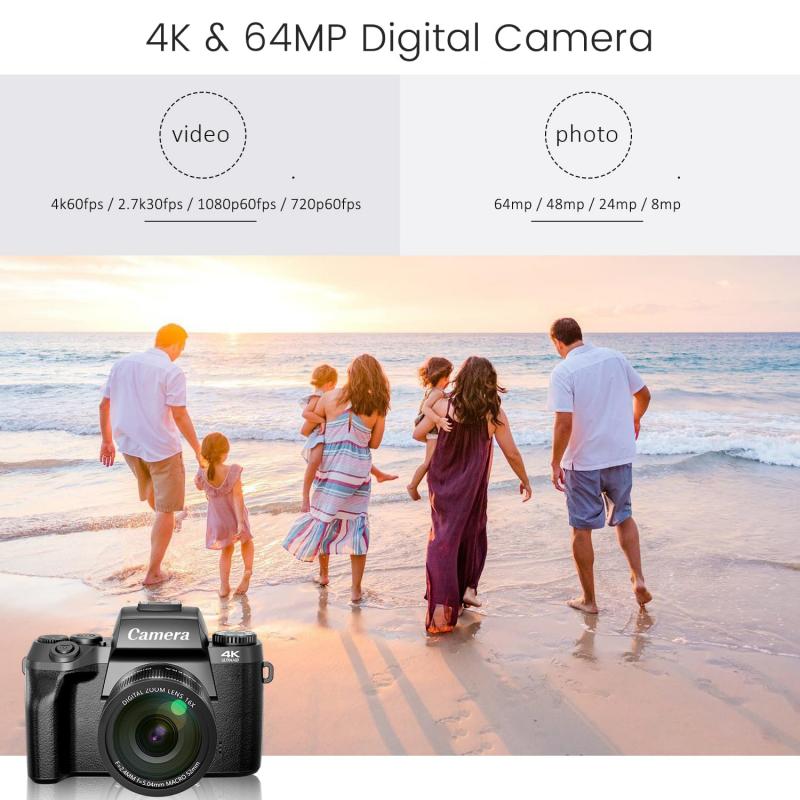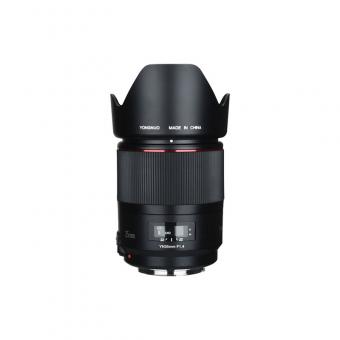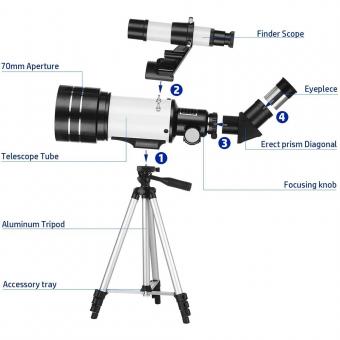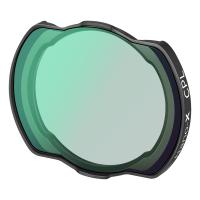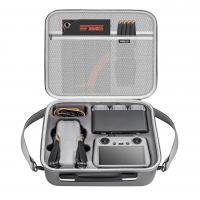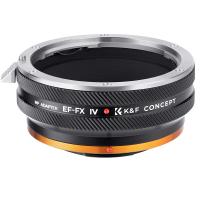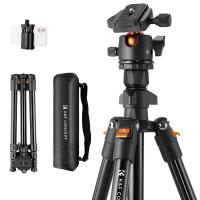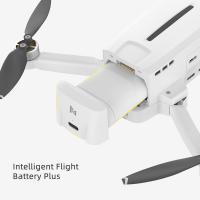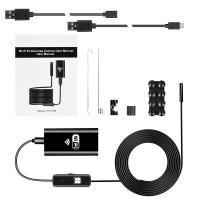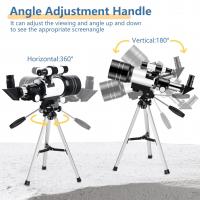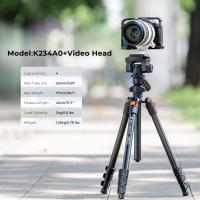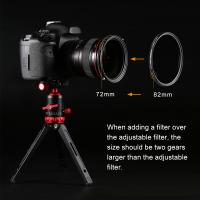How To Focus Digital Camera On The Moon ?
To focus a digital camera on the moon, you should set your camera to manual focus mode and adjust the focus ring until the moon appears sharp and clear in the viewfinder or LCD screen. It is recommended to use a tripod to keep the camera steady and avoid camera shake. Additionally, you may want to use a remote shutter release or the camera's self-timer to further reduce any movement that could cause blurring. It is also important to use a high shutter speed and low ISO to avoid overexposure and noise in the image. Experiment with different settings and techniques to achieve the best results.
1、 Lunar photography techniques
How to focus digital camera on the moon:
Focusing a digital camera on the moon can be a bit tricky, but with the right techniques, it can be done easily. Here are some steps to follow:
1. Use manual focus: Most digital cameras have an autofocus feature, but it may not work well when trying to focus on the moon. Switch to manual focus mode and adjust the focus ring until the moon appears sharp.
2. Use a tripod: To avoid camera shake, use a tripod or any stable surface to keep the camera steady.
3. Use a remote shutter release: A remote shutter release will prevent any camera shake that may occur when pressing the shutter button.
4. Use a high aperture: A high aperture (small f-stop number) will increase the depth of field and make the moon appear sharper.
5. Use a high shutter speed: A high shutter speed will prevent any motion blur caused by the moon's movement.
Lunar photography techniques:
Lunar photography has become increasingly popular in recent years, and there are several techniques that can be used to capture stunning images of the moon. Here are some of the latest techniques:
1. Stacking: Stacking involves taking multiple images of the moon and combining them to create a single, high-quality image. This technique can help reduce noise and increase detail.
2. HDR: High Dynamic Range (HDR) photography involves taking multiple images of the moon at different exposures and combining them to create a single image with a wider range of tones.
3. Panoramas: Panoramic images of the moon can be created by taking multiple images and stitching them together using software.
4. Telescopes: Using a telescope with a digital camera can help capture detailed images of the moon's surface.
5. Filters: Filters can be used to enhance the colors and contrast of the moon's surface.
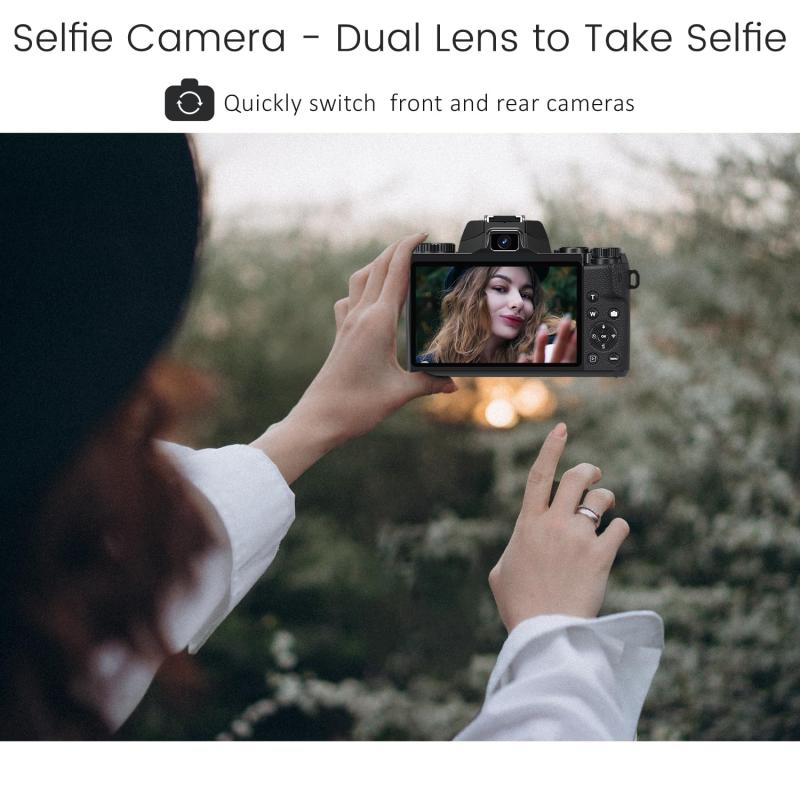
2、 Manual focus settings for moon photography
Manual focus settings for moon photography are essential to capture the details of the moon's surface. The moon is a challenging subject to photograph because it is far away and constantly moving. To focus your digital camera on the moon, you need to use manual focus settings.
First, set your camera to manual focus mode. This will allow you to adjust the focus manually. Next, zoom in on the moon using your camera's zoom lens. This will help you see the details of the moon's surface more clearly. Then, adjust the focus ring until the moon appears sharp and clear in the viewfinder.
It's important to note that the moon is constantly moving, so you may need to adjust the focus periodically to keep it sharp. Additionally, using a tripod can help stabilize your camera and prevent blurry images.
In recent years, some photographers have also experimented with using autofocus settings for moon photography. However, manual focus is still the preferred method for many photographers because it gives them more control over the final image.
Overall, focusing your digital camera on the moon requires patience and practice. With the right settings and techniques, you can capture stunning images of our closest celestial neighbor.
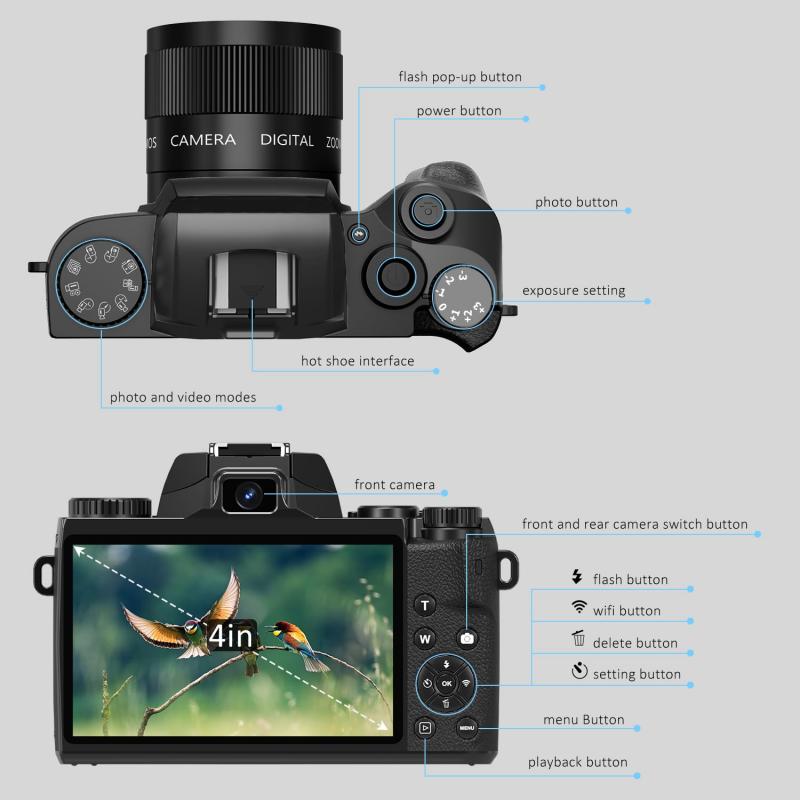
3、 Tripod and stabilization for clear moon shots
To focus a digital camera on the moon, you need to follow a few simple steps. First, set your camera to manual focus mode. This will allow you to adjust the focus manually and get a clear shot of the moon. Next, zoom in on the moon as much as possible. This will help you get a closer look at the moon and focus on its details. Once you have zoomed in, adjust the focus ring until the moon appears sharp and clear in the viewfinder.
However, focusing on the moon is not enough to get clear shots. You also need to stabilize your camera to avoid any blurriness or shaking. The best way to do this is by using a tripod. A tripod will keep your camera steady and prevent any movement that could cause blurriness in your shots. Additionally, you can use a remote shutter release or a self-timer to avoid any camera shake when pressing the shutter button.
In recent years, advancements in technology have made it easier to capture clear shots of the moon. Some cameras now come with built-in stabilization features that can help reduce camera shake and improve image quality. Additionally, some cameras have advanced autofocus systems that can quickly and accurately focus on the moon, making it easier to capture stunning shots.
In conclusion, to focus a digital camera on the moon, you need to set your camera to manual focus mode, zoom in on the moon, and adjust the focus ring until the moon appears sharp and clear. To avoid any blurriness or shaking, use a tripod and a remote shutter release or self-timer. With the latest advancements in technology, capturing clear shots of the moon has become easier than ever before.

4、 Recommended camera lenses for lunar photography
How to focus digital camera on the moon:
Focusing a digital camera on the moon can be a bit tricky, but with the right techniques, it can be done easily. Firstly, it is important to use manual focus instead of autofocus. This is because autofocus may struggle to focus on the moon due to its lack of contrast. Secondly, use a tripod to keep the camera steady and avoid any camera shake. Thirdly, use a high aperture setting to ensure that the moon is in focus. Lastly, use the live view mode to zoom in on the moon and adjust the focus manually until it is sharp.
Recommended camera lenses for lunar photography:
For lunar photography, it is recommended to use a telephoto lens with a focal length of at least 300mm. This is because the moon is quite far away and a telephoto lens will allow you to capture more detail. Additionally, a lens with a wide aperture such as f/2.8 or f/4 will allow you to capture more light and detail. Some popular lenses for lunar photography include the Canon EF 100-400mm f/4.5-5.6L IS II USM and the Nikon AF-S NIKKOR 200-500mm f/5.6E ED VR. However, with the advancements in technology, many newer lenses are also capable of capturing stunning lunar images. It is important to note that the lens you choose will also depend on the camera you are using and your personal preferences.
